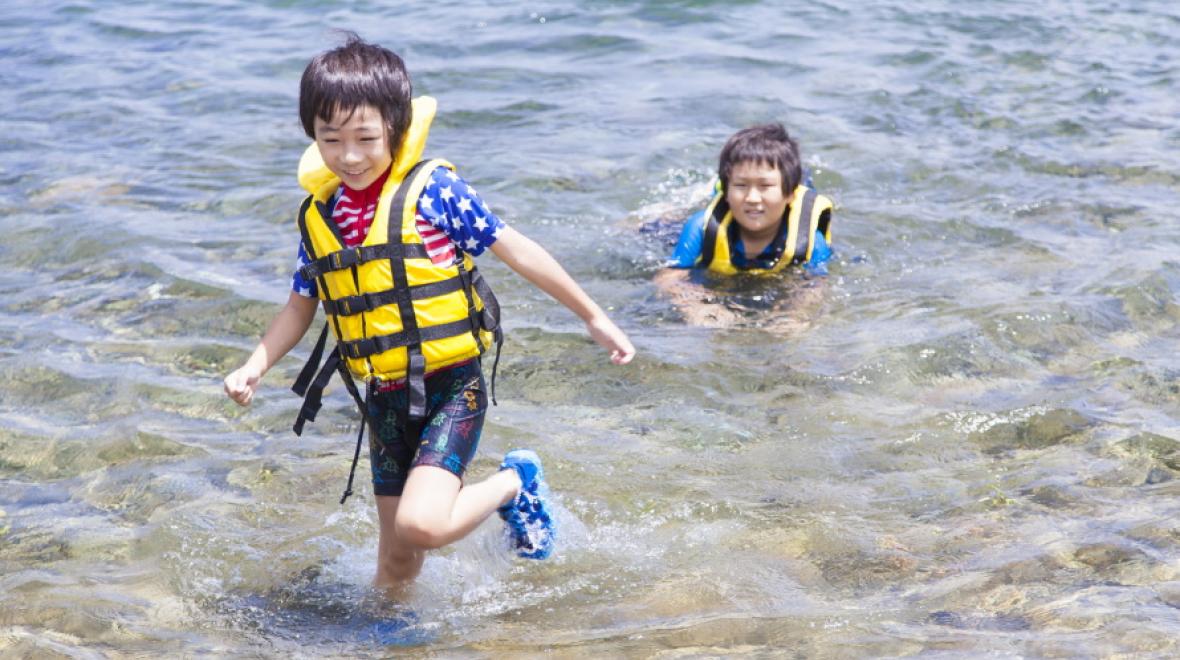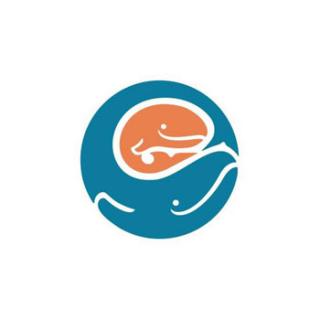
Here in the Pacific Northwest, we are lucky enough to be surrounded by water. While the Puget Sound and our many lakes and rivers are beautiful and fun, they can also pose a significant hazard. In fact, drowning is the leading cause of death for children ages 1–4, and the second leading cause of death for children ages 5–14.
Seattle mayor Bruce Harrell recently introduced a new initiative called Swim Seattle, which aims to combine the efforts of public and private organizations to remove barriers to learning to swim, and to eradicate disproportionate drownings among youth of color.
According to the Centers for Disease Control and Prevention (CDC), in swimming pools, Black children ages 10–14 drown at rates more than seven times higher than white children. In its first year, Swim Seattle will provide swimming lessons to a group of 250 children who would otherwise not have access to swim instruction.
As the weather starts to improve, kids will be heading outside and wanting to swim. Drowning incidents are very common during the summer months, so now is a good time to brush up on these important safety tips to keep your family safe.
This excerpted post was originally published on the Seattle Children's website.
Water safety tips for families
Insist on adult supervision
- Always swim with others.
- Set water safety rules.
- Swim in areas with lifeguards.
- Always provide constant attention to children you are supervising in or near water. Stay within arm’s reach of young children and inexperienced swimmers.
- Watch all children and teens swimming or playing in or near water, even if they know how to swim.
- Designate a water watcher when you are in or around water.
- Never use alcohol or other drugs during water-related activities.
- Remember to supervise young children around water when water play or swimming is not part of your plan.
Wear a life jacket
Even if you or your child knows how to swim, children, teens and adults should always wear a life jacket, also called a personal flotation device (PFD):
- When on a boat, raft, stand-up paddle board or inner tube.
- When swimming in open water like a lake, river or the ocean.
- When playing in or near the water and on docks (for young children).
Learn swimming and water survival skills
- If you don’t know how to swim well, find someone to teach you. Learn to float and to tread water for at least 10 minutes.
- Make sure your child learns to swim. Upgrade their swimming skills each year.
- Check about lessons at your local pool or life-guarded beach.
Know the weather and water conditions
- Always enter shallow and unknown water feet first.
- Watch for uneven surfaces, river currents, ocean undertow and changing weather.
- Be aware that cold water can kill, even on hot summer days.
- Stay close to shore and rest if you are cold or tired.
- Obey all safety signs and warning flags.
Know what to do in an emergency
- Learn first aid and CPR.
- Bring a cell phone with you or know where to find the nearest phone.
- Dial 911 in an emergency.
- Learn safe ways of rescuing others without putting yourself in danger, like “reach and throw.” Reach out to someone in trouble in the water while holding on to something stable. If you can’t reach them, throw them something that floats.
Learn more about water safety from Seattle Children’s.
More useful resources about water safety: |











